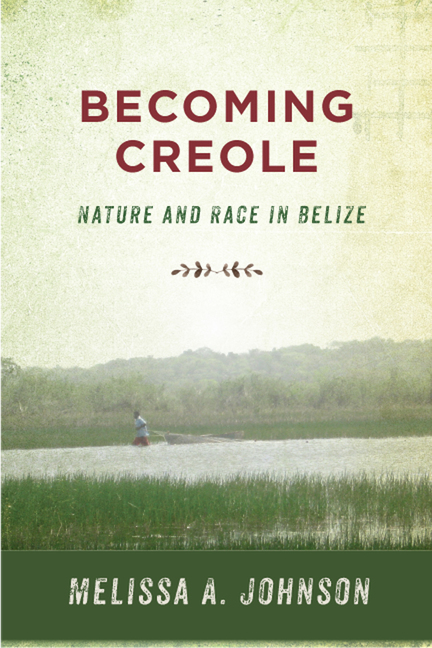Belize’s thriving Afro-Caribbean communityPosted in Articles, Caribbean/Latin America, History, Media Archive, Slavery on 2018-11-21 22:42Z by Steven |
Belize’s thriving Afro-Caribbean community
BBC News
2018-11-19
When West Africans on their way to the New World’s slave markets escaped in 1635, they intermarried with Caribbean islanders to create a new and distinct culture.
The boats came at dawn along the shores of the town of Dangriga on the coast of Belize.
Onboard, vibrantly dressed men, women and children carried homemade flags and waved bright green fronds of coconut palm branches as they approached the shore. On land, a crowd waited, ready to cheer as feet stepped out of the boats to touch sand.
On a similar morning in 1832, the Garifuna people – descendants of Carib, Arawak and West African people – made the same journey from St Vincent Island in the Caribbean, finally able to call Belize home after being turned away by the British government three times. Every year on 19 November, the Garifuna celebrate Garifuna Settlement Day, marking their arrival in Belize (which was then a British colony) and their many contributions to the Belizean landscape.
With this re-enactment of the boat landing, as well as oral history intoned by village elders and music, dancing and food, the national holiday attracts visitors from throughout Belize and the world. It immerses them in why the culture is so unique – and why its people are fighting to keep their heritage alive in an increasingly modern world…
Read the entire article here.


